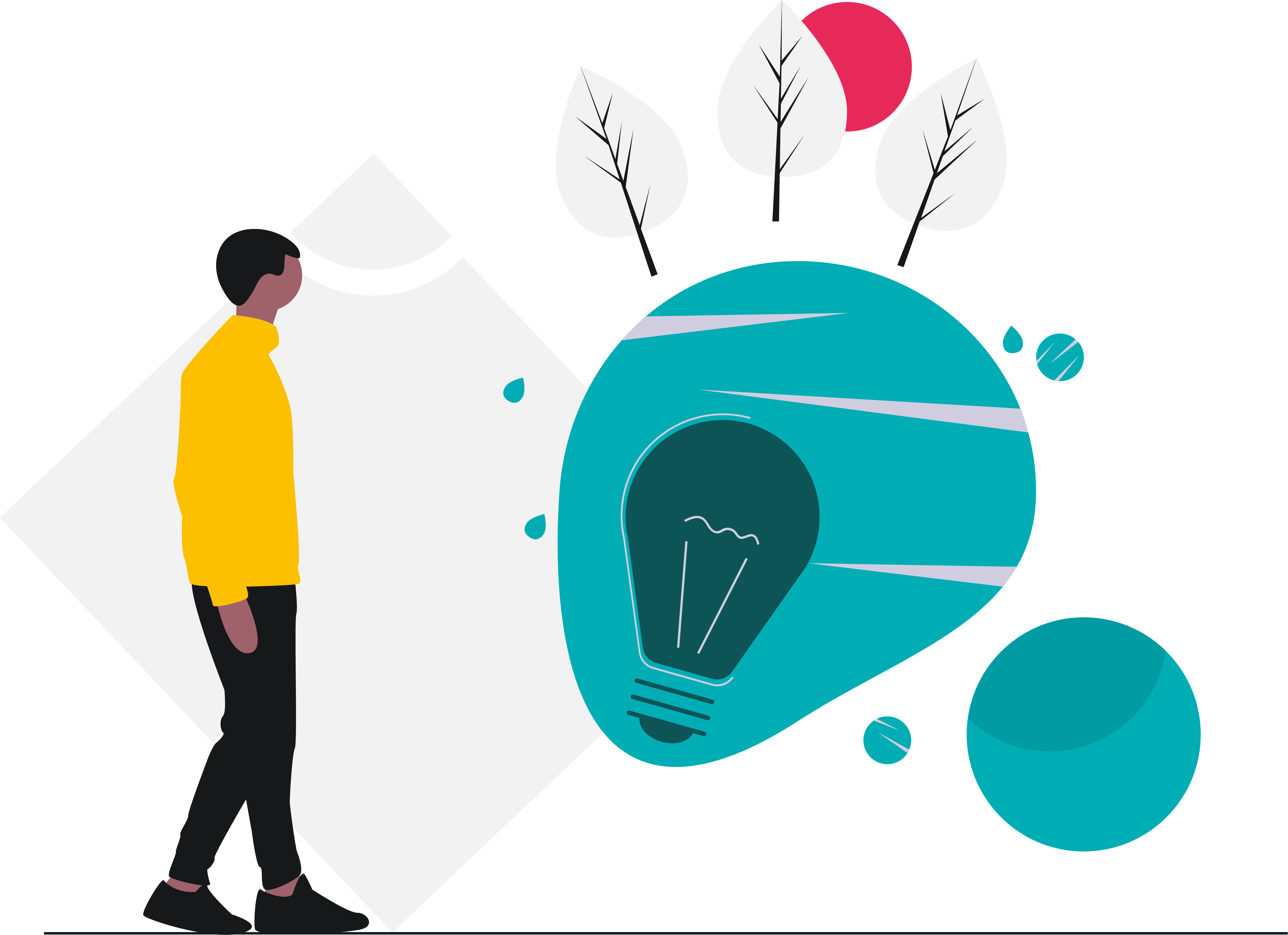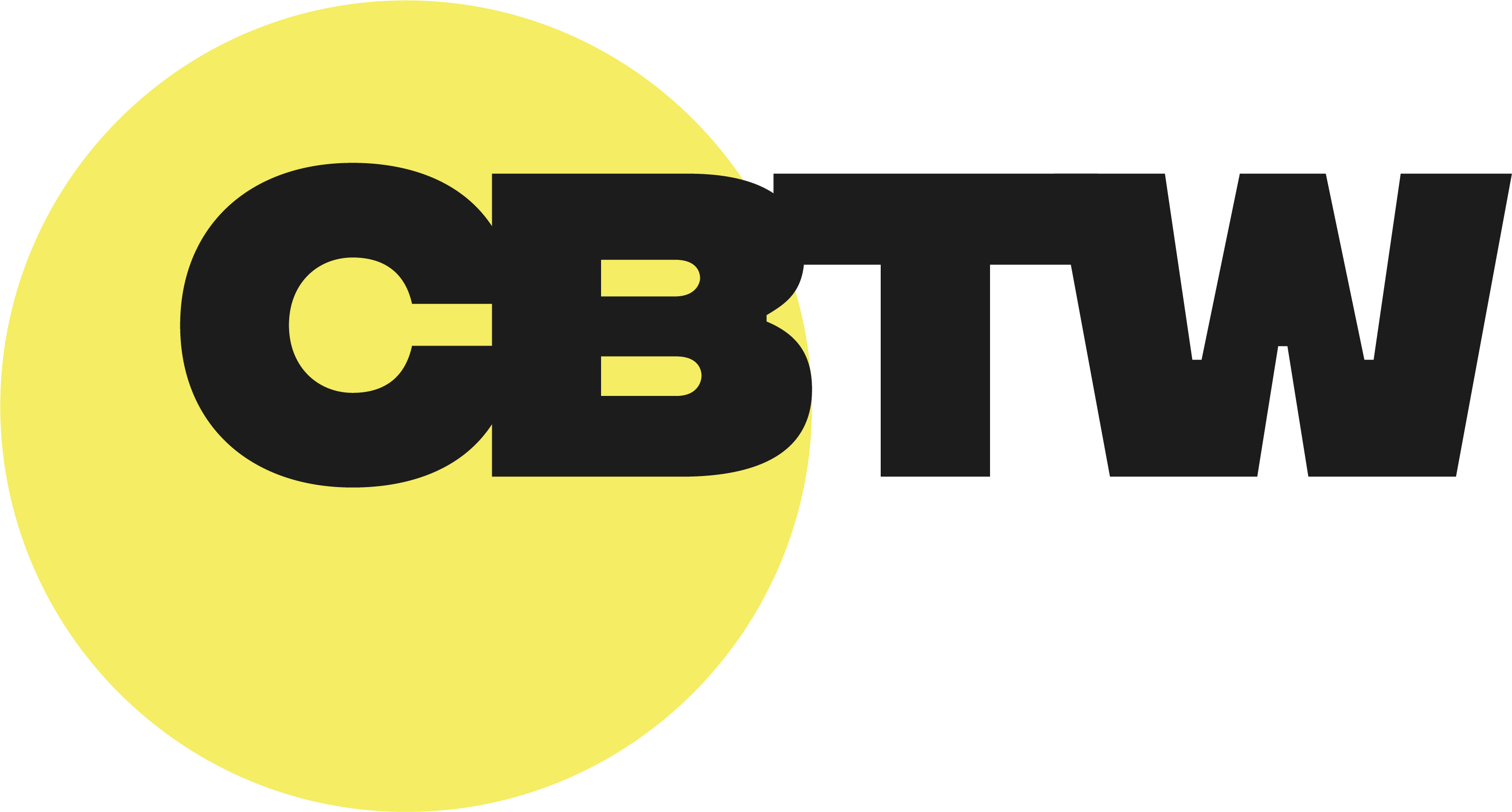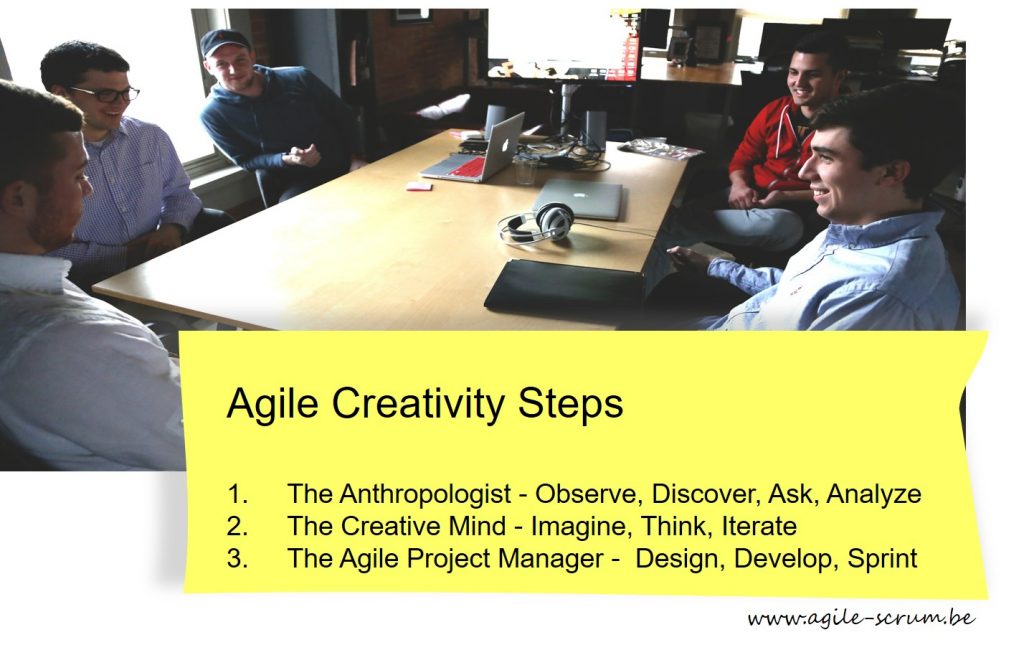
When you think “creativity”, you think liberty, freedom, and usualy not “clear structure” nor “well defined tasks”. Sciences gives you reason: studies have shown that rigorous task and structured work can hamper creative projects. Artists, writers and creative professionals also agree. They don’t like strict schedules, small tasks and organized charts and don’t see how it helps them unleash their talent.
While true creative work can benefit from Agile Creativity if done correctly, it’s not focused on pure, unbounded creativity. Essentially, Agile Project Management is an intense, responsive and fast-paced project management approach that’s usually applied to software programs but also to other domains.
How can something so structured ever help someone unleash agile creativity ?
The characteristics of agile creativity such as flexibility, fast turnaround time or regular client feedback are all concrete helps in developing creative projects.
Think about it ! Creative projects are a work in progress, based on assumptions. Rapid feedback is gold to the creative mind, this way you know how good your direction is and are able to adapt accordingly. This also means a better support from stakeholders, in bad and good times.
What Agile project management gives is a structure to canalize creativity. If you combine Agile methodology with a creative organizational structure in your company, you’ll obtain an optimized way of working and a happy and inspired team of workers.
What’s the main benefit of agile creativity for projects and teams?
Creative projects always bear the risk to be rejected in the end by the decision maker (stakeholder, client, manager,…). This is normal, it becomes a problem when you get the rejection in the end, when a great part of the effort is already done.
Agile will help you avoid this by making you present working prototypes of your design or content within short iterations. This way, you get feedback as early as possible and can adjust your work accordingly.
So how do you apply Agile Project Management to a creative team? In three steps:
Step 1: The Anthropologist – Observe, Discover, Ask, Analyze
- It’s a date ! Think of this step as taking your client out for tea. Find out as much as you can about your client, the company, their projects and their desires.
- What do they envision? What is the purpose of this project? What’s the end goal? What are the key metrics to say that this project is a success?
- Use their answers to analyse and discover the scope of the project. Figure out which techniques and tools you need to make the client’s vision become reality.
Show your findings to your client to make sure you’re both on the same page. Once you have the client’s feedback, move on to the next step.
Step 2: The Creative Mind – Imagine, Think, Iterate
- Once you have all the information, it’s time to create. Come up with a plan, a user story for the project and describe all the different steps of the project.
- After adding a brief explanation of what will happen at each step, send it back to the client for feedback. Once you have that, it’s time to move to the third and final step.
Step 3: The Agile Project Manager – Design, Develop, Sprint
You & your client are aligned on the plan, let’s design and develop the project. During this phase, keep the client actively involved and collect feedback continuously. Based on the client’s feedback, go back to the drawing board and make the required changes.
In a creative project, a Sprint typically involves sketching, prototyping, review, visual design, and testing. The project can go back for a review at any stage depending on the client’s feedback.
Keep in mind that the Agile Project Management approach must enhance your work and make you deliver on set tasks at a set time. It’s not supposed to restrict your creativity but focus it at the right time on the right tasks. Soon enough, the rhythm will help you produce better work on time.
An example of how Spotify works :
SUMMARY:
For more information about Agile Project Management and creativity visit our trainings.


